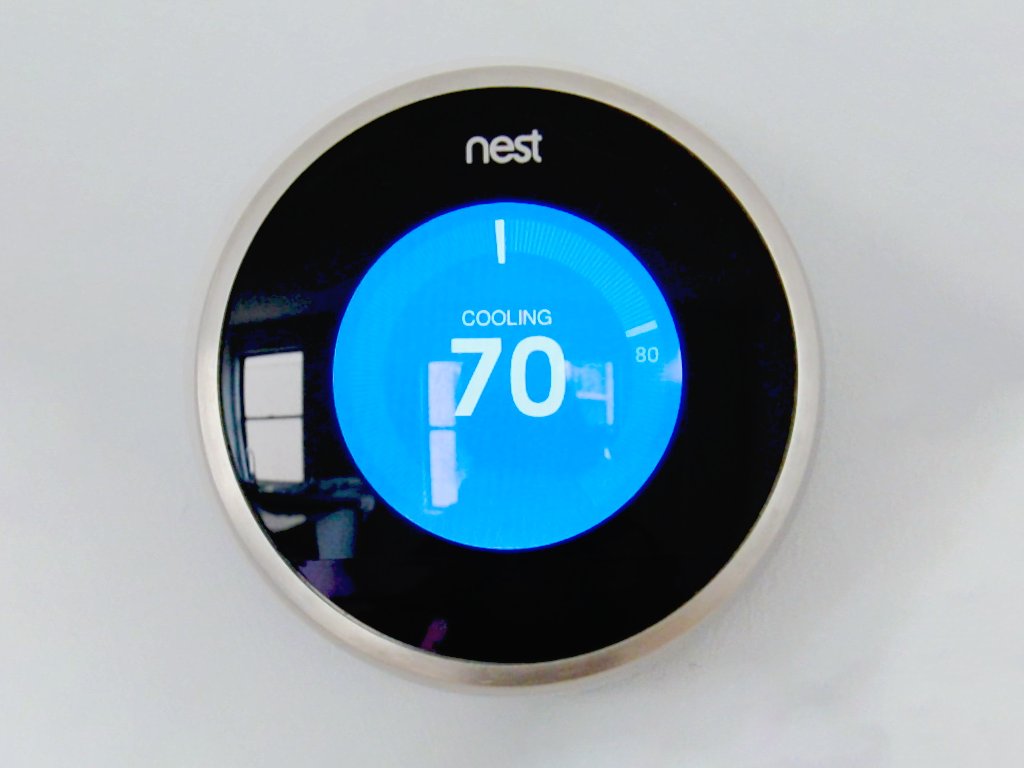|
It’s getting easier to make homes smarter and more energy efficient using smart thermostats. Solutions like Nest and Ecobee allow homeowners to schedule their temperature setpoints, while the AI system starts to program itself to optimize temperature settings. As a result, these smart thermostats can reduce energy bills by more than 10%. If these systems are so effective for your home, why can’t they be used for your commercial building? While smart thermostats do exist for commercial buildings, they are very different from their residential counterparts. We’ve compiled just a few reasons why a smart thermostat from your nearest home hardware store isn’t going to be a fit in your commercial building. Increased data security risk Network security, particularly thermostats that use Wi-Fi or Bluetooth technology, is a top concern for businesses. And, Wi-Fi or Bluetooth thermostats are an IT security risk. If a thermostat system is connected to other building systems via Wi-Fi or Bluetooth, those systems are connected to the rest of the building’s IT infrastructure. The risk isn’t just if a hacker is able to gain access to your thermostat, they are able to mess around with your control systems and hold your HVAC system hostage. Rather, if they are able to gain access to just one point of entry, like your thermostat, they can then access the rest of your building’s network. Think it can’t happen to your building? Think again. This is exactly what happened to Target in 2014: its Wi-Fi-enabled HVAC system was compromised, which gave the hackers access to their entire customer network. As a result, 40 million credit and debit card numbers were stolen. There are commercial smart thermostats that use Wi-Fi or Bluetooth to communicate with the rest of a building’s systems. The main difference is that many (but not all) of these systems are designed with better IT security protocols. Even so, you should have a conversation with your IT team to ensure any hardware you want to install doesn’t put your business at risk. Mechanical systems are more complexHaving a smart thermostat in your home allows you to have better control over your furnace - where substantial energy savings can be found. That direct communication between thermostat and furnace is straightforward, making it easier to optimize. The mechanical systems of commercial buildings aren’t nearly as simple. While a furnace will send temperature-controlled air throughout your home, a commercial system has a series of dampers that will control air levels at different rates. It may also have downstream fan powered units, supplementary cooling, as well as electric/water reheat. That hardware relies on input from multiple thermostats to get an accurate reading of the entire building (these are referred to as ‘zoned systems’). It is possible to set up multiple smart thermostats in a single building, to get a more accurate reading of that space. However, residential smart thermostats aren’t set up to operate multiple zones at the same time. As a result, they will learn separate (and possibly conflicting) schedules. Human limitations Another problem related to installing multiple smart thermostats in a commercial space is that each device needs to be operated independently. This could get frustrating for building managers. Imagine having different web tabs open for each thermostat in your building, managing each device one by one without the ability to group them to a common system. That is a recipe for a time-consuming headache. In addition, there may be limitations to the number of thermostats that can be operated on a single user account. So, even if you were a super super (see what we did there?), you may not even be able to tie in an adequate number of devices to one system. Moving forward While smart thermostats aren’t a very good option for your commercial buildings, thanks to technological advancements, there are more options available to help you manage your building’s energy efficiency and occupancy comfort. Programmable thermostats Programmable thermostats, by companies like Honeywell and Johnson Controls are a starting point for commercial building owners or operators who want more control over their building temperatures. But, they aren’t considered “smart” in that they aren’t going to learn and automatically modify temperatures in response to occupancy behaviours. Building Automation Systems Smart building solutions like Building Automation Systems (BAS) are becoming significantly more advanced. BAS are automatic centralized control systems for your building's HVAC, electrical, lighting, shading, access control, and security systems. If you have the capital budget, these are great options for new builds or buildings undergoing deep retrofits. Wireless data solutions This is a relatively new market. These solutions use state of the art wireless sensors to collect building data over a short period of time. They combine the intelligent data collection methods of building automation systems with a more practical and affordable solution for commercial buildings that have cash flow or infrastructure restrictions.
No matter the option you choose, know that there are a number of ways that commercial buildings can be smarter. If you’d like to know more about new wireless data solutions, visit our website!
22 Comments
|


 RSS Feed
RSS Feed
